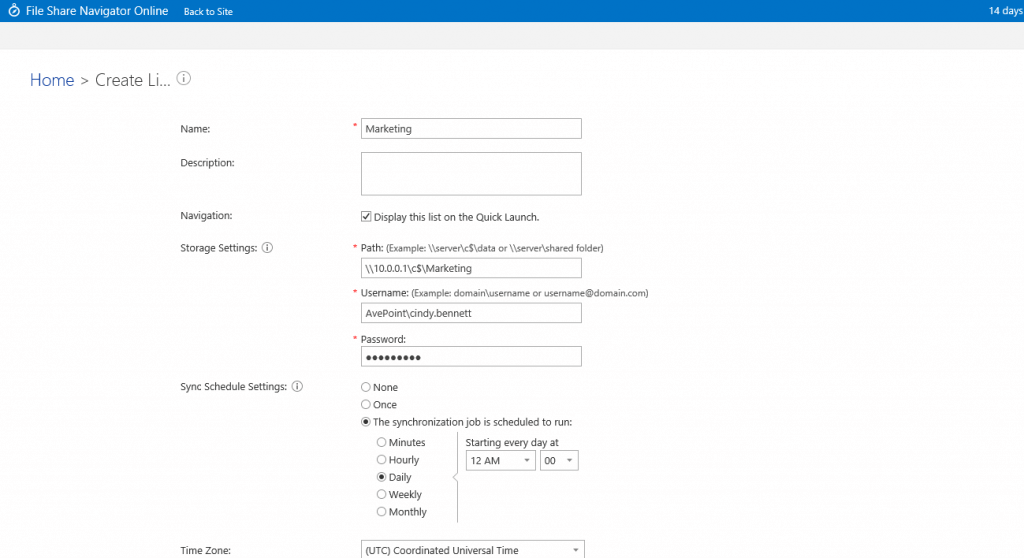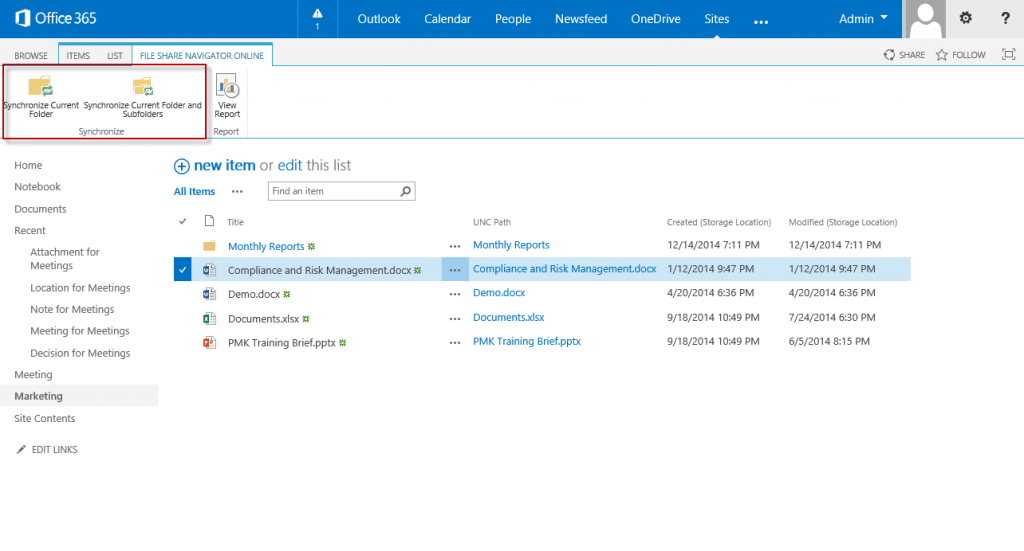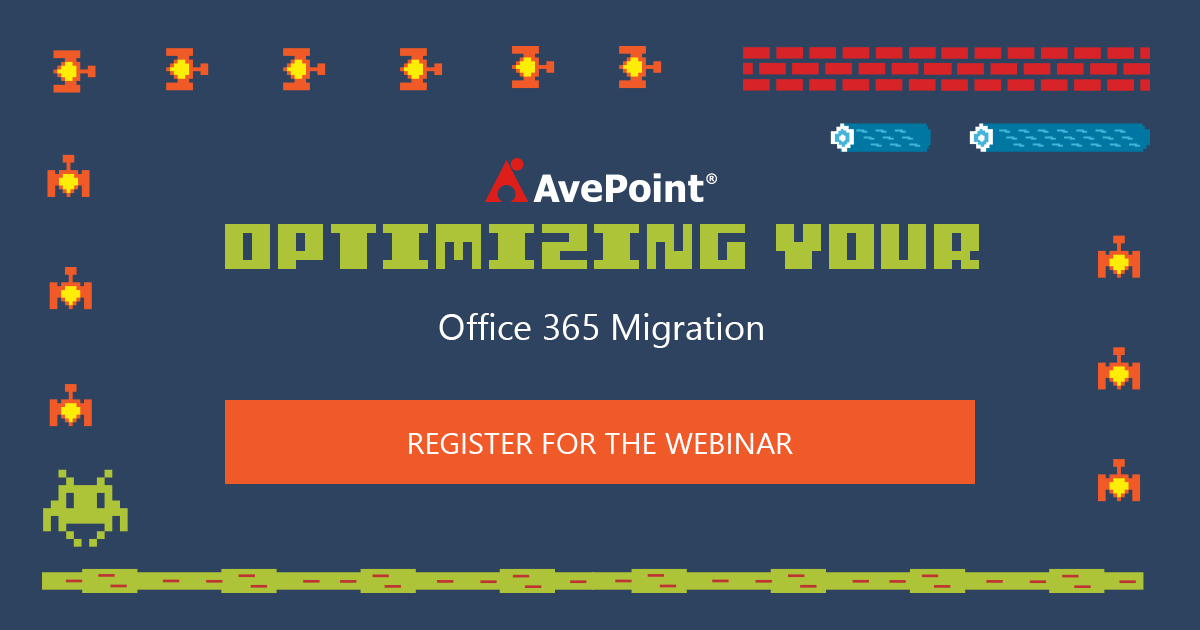Neglected Storage
Today, many organizations store information across a number of different systems and topologies which contain unwieldly data sets with large amounts of unclassified data. This is typically the result of individuals, groups, or whole organizations practicing poor data and storage management – which comes from unclear direction, lack of interest, or just plain neglect. As applications are updated, upgraded, and replaced, the associated data should be fully updated, partially updated, or even archived and discarded. However, it is often ignored which leads to a reluctance to manage or dispose of data.

So what are some signs of poor data management? Perhaps your organization has collected a vast amount of data that’s too bulky to move, or your data is outdated and is difficult to update, or you’re not sure what sensitive data you currently have. When these problems arise, it becomes difficult, if not impossible, to implement new systems or topologies, such as Software-as-a-Service (SaaS) solutions like Office 365. Instead, organizations are stuck using legacy, on-premises systems like file shares. According to a Gartner study, through 2019, 80 percent of organizations will see no improvement in storage management strategies, leading to system implementation delays and cost overruns. Effective IT and operations leaders help achieve data usage goals by providing effective storage management. Once the assessments and plans have been created, leadership should enable their teams to select appropriate storage topologies and management strategies to organize legacy data and effectively manage new data going forward.
Migrate or Integrate?
 With the rising popularity of cloud-based enterprise file sync and share solutions such as OneDrive, Box, Dropbox, and Google Drive, many organizations are looking to migrate or integrate their legacy storage to platforms such as Office 365. Migrating files to Office 365 involves a range of options with varying degrees of complexity and cost, including DIY approaches, content migration tools, and professional services. In a previous blog post, we covered the necessary steps required to prepare for a successful Office 365 migration. Although migration is a great approach to getting content off of these legacy systems, organizations should consider other options to avoid migration entirely, such as integration.
With the rising popularity of cloud-based enterprise file sync and share solutions such as OneDrive, Box, Dropbox, and Google Drive, many organizations are looking to migrate or integrate their legacy storage to platforms such as Office 365. Migrating files to Office 365 involves a range of options with varying degrees of complexity and cost, including DIY approaches, content migration tools, and professional services. In a previous blog post, we covered the necessary steps required to prepare for a successful Office 365 migration. Although migration is a great approach to getting content off of these legacy systems, organizations should consider other options to avoid migration entirely, such as integration.
The Hybrid Advantage
Moving document and records management into the cloud is not an all-or-nothing proposition. Integration should be considered for organizations that don’t have the time or the resources to complete a full-fledged migration project. Also, organizations might not be ready or willing to de-commission file share storage that they’ve already purchased. The cost of rooting out an entrenched legacy file share platform, in terms of expense, disruption, and risk, often outweigh any expected cost savings. Unless it is absolutely necessary to prepopulate cloud-based enterprise file sync and share platforms, legacy content is sometimes best left where it is. Luckily, content and capabilities can be split between your on-premise data center and Office 365 to create a hybrid solution that provides cost-effective and secure enterprise content management. Implemented in a bimodal fashion, a hybrid environment can help administrators ensure compliance across documents and records while delivering flexible and intuitive collaboration functionality for end users. Hybrid content management can support a wide variety of architectures and rarely consists solely of a single vendor or platform.
Solutions with AvePoint
To ensure your Office 365 migration is carried out efficiently according to your specific business needs, AvePoint is here to help. Our DocAve Migrators for SharePoint support all stages of your migration project – providing you with assessment, planning, and reporting capabilities – to efficiently migrate from legacy collaboration systems such as file shares to Office 365 with minimal business disruption. For Office 365 file share integration, AvePoint offers DocAve File Share Navigator Online, your solution for presenting file share content in SharePoint without migration, providing a modern cloud-based point of access for all your file share content. DocAve File Share Navigator Online allows you to consolidate enterprise-wide access to all information by exposing the content in SharePoint Online. You can avoid resource-intensive migration projects by leaving content in existing file shares while also allowing full access through SharePoint Online. This allows you to provide global content access to both local and remote users without a VPN connection. You can increase discoverability by utilizing SharePoint Online’s full metadata-based search across all enterprise content. And lastly, you can accelerate collaboration and user adoption by offering a familiar user experience for all enterprise content through a single point of access.


What’s Next?
You can try File Share Navigator Online for free for 30 days by clicking here. Need more advice to ensure your Office 365 implementation is a success and that your users make a smooth transition to the cloud? For our strategy guide to unlocking the full potential of Office 365, be sure to check out AvePoint’s Cloud Arcade. 

